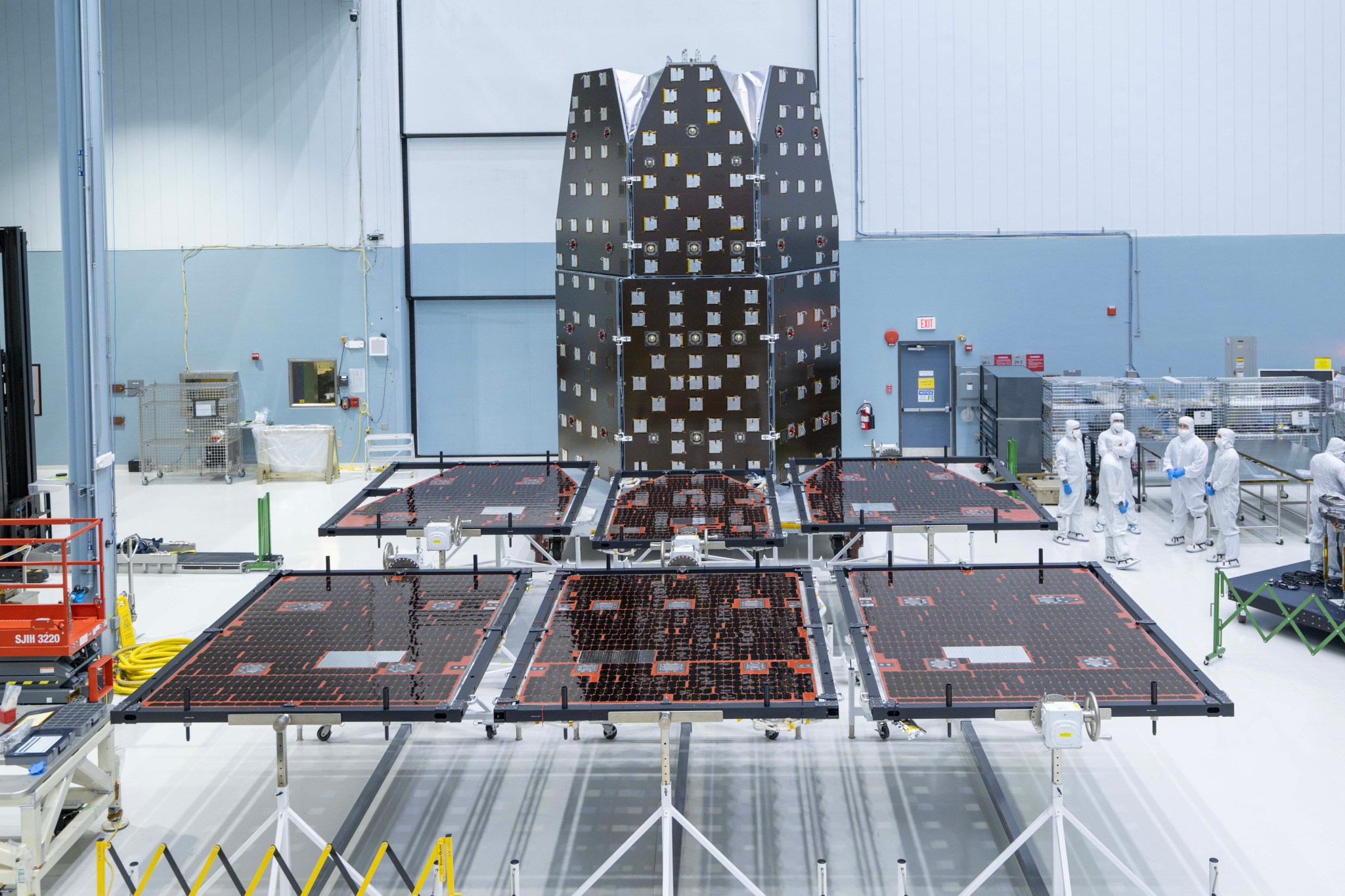2024-08-26 スイス連邦工科大学ローザンヌ校(EPFL)
 Researchers from EPFL have developed a next-generation miniaturized brain-machine interface – 2024 EPFL / Lundi13 – CC-BY-SA 4.0
Researchers from EPFL have developed a next-generation miniaturized brain-machine interface – 2024 EPFL / Lundi13 – CC-BY-SA 4.0
<関連情報>
- https://actu.epfl.ch/news/an-entire-brain-machine-interface-on-a-chip/
- https://ieeexplore.ieee.org/document/10454533
- https://ieeexplore.ieee.org/document/10643873
33.3MiBMI: 192/512チャンネル2.46mm²の小型ブレイン・マシン・インターフェース・チップセットが、特徴的な神経コードを通じて31クラスの脳からテキストへの変換を可能にする 33.3 MiBMI: A 192/512-Channel 2.46mm² Miniaturized Brain-Machine Interface Chipset Enabling 31-Class Brain-to-Text Conversion Through Distinctive Neural Codes
Mohammad Ali Shaeri; Uisub Shin; Amitabh Yadav; Riccardo…
2024 IEEE International Solid-State Circuits Conference Date Added to IEEE Xplore: 13 March 2024
DOI:https://doi.org/10.1109/ISSCC49657.2024.10454533
Recently, cutting-edge brain-machine interfaces (BMIs) have revealed the potential of decoders such as recurrent neural networks (RNNs) in predicting attempted handwriting [1] or speech [2], enabling rapid communication recovery after paralysis. However, current BMIs rely on benchtop configurations with resource-intensive computing units, leading to bulkiness and excessive power demands. For clinical translation, BMIs must be realized in the form of miniaturized, implantable systems and achieve high decoding accuracy in a variety of prosthetic tasks. To date, only a handful of systems have reported on-chip decoding for conventional BMI tasks such as finger movement [3–6]. These systems either solely implement specific decoder components on chip [3], consume significant power and area [4], utilize power-intensive commercial analog front-ends (AFEs) [5], or lack the high bandwidth necessary for more intricate BMI tasks [6]. There remains a gap for a high-channel-count, low-power BMI capable of simultaneous neural recording and motor decoding, especially for rapid restoration of intricate movements like handwriting. This paper presents a low-power, miniaturized BMI (MiBMI) chipset integrating a 192-ch broadband neural recording AFE, and a 512-ch 31-class activity-driven neural decoder utilizing low-dimensional distinctive neural codes (DNCs) for handwritten letter classification.
31クラスの脳からテキストへのデコーディングを可能にする2.46mm²の小型ブレイン・マシン・インターフェース(MiBMI) A 2.46-mm 2 Miniaturized Brain–Machine Interface (MiBMI) Enabling 31-Class Brain-to-Text Decoding
MohammadAli Shaeri; Uisub Shin; Amitabh Yadav,…
IEEE Journal of Solid-State Circuits Published:23 August 2024
DOI:https://doi.org/10.1109/JSSC.2024.3443254
Abstract
Recent advancements in brain–machine interface (BMI) technology offer groundbreaking solutions for individuals with motor impairments, potentially extending to speech synthesis and handwriting assistance. However, current BMIs rely on cumbersome benchtop setups equipped with resource-intensive computing units, restricting their suitability for daily use. We introduce a miniaturized BMI (MiBMI) system capable of accurate, multiclass neural decoding and high-density sensing in a millimeter-scale silicon footprint, making it suitable for next-generation implantable BMIs. A 512-channel, 31-class neural decoder employs a novel concept of distinctive neural code (DNC) driven by a class saliency model. This facilitates the precise translation of intricate neural activity into handwritten characters using a low-complexity linear discriminant analysis (LDA) classifier. The proposed decoder achieves significant improvements in memory utilization ( ∼ 100 × ) and computational complexity ( ∼ 320 × ) compared to a conventional LDA without DNCs. Moreover, MiBMI enables area-efficient 192-channel neural recording through time-division multiplexing, demonstrating its potential for fully integrated BMIs. Fabricated in a 65-nm CMOS process, the high-channel-count BMI chipset occupies a compact area of 2.46 mm 2 and consumes 883 μ W. The proposed decoder translated human intracortical neural activity into 31 characters with 91.3% accuracy, significantly enhancing the task complexity compared to previous on-chip BMIs. Furthermore, MiBMI achieved 87% accuracy in decoding the neural responses of a rat to six classes of acoustic stimuli in an in vivo experiment.


